#American inventor
Explore tagged Tumblr posts
Text
The Legacy of George Washington Carver: Agricultural Innovator and Environmentalist
George Washington Carver, born around 1864, left an enduring legacy as an American agricultural scientist and inventor. He dedicated his life to promoting alternative crops like peanuts and sweet potatoes to combat soil depletion caused by the over-reliance on cotton. Carver’s profound impact extended beyond the realm of agriculture as he actively worked to improve the lives of farmers and…

View On WordPress
#African History#American agricultural scientist#American inventor#Black American Historical figures#Black American History#Black American scientists#George Washington Carver
0 notes
Text
"Opportunity is missed by most people because it is dressed in overalls and looks like work."---Thomas A. Edison, American inventor, 1847-1931
View On WordPress
0 notes
Text
PELE DIES AT AGE 82
Pele, who was born Edson Arantes do Nascimento, passed away at the Albert Einstein hospital in Sao Paulo following a battle with advanced colon cancer. Pele was admitted to the Albert Einstein Hospital in Sao Paulo on November 29 due to his advanced colon cancer, which prompted him to be under elevated care due to kidney and cardiac dysfunctions. He passed away today (December 29, 2022) marking…
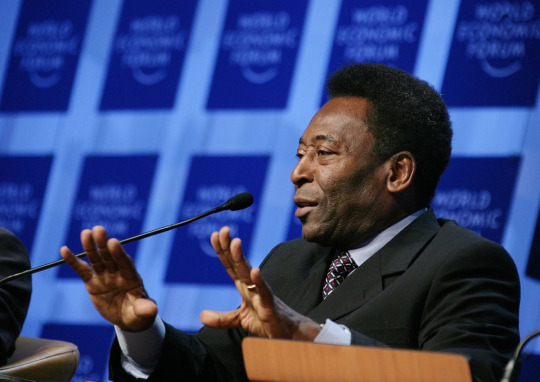
View On WordPress
#Albert Einstein Hospital#American Inventor#Best Player#Brazil#Brazilian Footballers#Breaking News#Football Lover#Football News#Global News#Joe Baidoo#King of Football#Latest News#Latest News in Ghana#Most Celebrated Player#Pele#Pele Dead#Player of the Century#Poor Family#Professional Footballer#Sao Paulo#Thomas Alva Edison#World Cup#World Cup Winner#Youngest Player
0 notes
Text

Thomas Jennings was a free man born in 1791 in New York City. He was 30 years old when he was granted a patent for a dry cleaning process. In his early 20s Thomas Jennings became a tailor, and later opened a dry cleaning business in the city. As a tailor. Jennings' skills were so admired that people near and far came to him to alter or custom tailor items of clothing for them. Eventually, Jennings reputation grew such that he was able to open his own store on Church street which grew into one of the largest clothing stores in New York City. While running his business Jennings developed dry-scouring. He had many customers complain of their clothes being ruined by stains and so he began experimenting with cleaners and mixtures that would remove the stains without harming the material. He earned a large amount of money as a tailor and even more with his dry scouring invention and most of the money he earned went to his abolitionist activities. In 1831, Thomas Jennings became assistant secretary for the First Annual Convention of the People of Color in Philadelphia, PA. Thomas L. Jennings Dry Scouring technique created modern day dry cleaning. Jennings was fortunate that he was a free man at the time of his invention. Besides all the other indignities and cruelties slaves had to face, they were also ineligible to hold a patent. Under the US patent laws of 1793 a person must sign an oath or declaration stating that they were a citizen of the USA. While there were, apparently, provisions through which a slave could enjoy patent protection, the ability of a slave to seek out, receive and defend a patent was unlikely. Later, in 1858, the patent office changed the laws, stating that since slaves were not citizens, they could not hold a patent. Furthermore, the court said that the slave owner, not being the true inventor could not apply for a patent either. Thomas Jennings died in New York City in 1856.
#black history#Thomas Jennings#dry cleaning#inventor#tailor#abolitionist#New York City#patent law#slavery#abolitionist activities#dry scouring technique#historical injustice#patent discrimination#civil rights activism#African American entrepreneurship#19th century America
466 notes
·
View notes
Text

Pharmacist Lunsford Richardson made Vicks a household name throughout the nation, but his popular product did not do the same for him.
Even in his native North Carolina, where his most celebrated of chemical concoctions has been right under our stuffy noses and on our congested chests for generations, the mention of Richardson’s name elicits blank stares from all but those who study and cherish history.
Richardson’s salve, Vicks VapoRub, helped the world breathe easier during the devastating influenza pandemic of 1918 and during the countless colds and flus of our childhoods, yet most of us couldn’t pick Lunsford Richardson out of a one-man police lineup, much less a who’s who of medical pioneers.
Why didn’t Richardson ��� by all accounts a creative inventor and smart businessman — ever become as famous as those vapors packed into the familiar squat blue jar?
Because his name wouldn’t fit on the jar.
That’s one version of the story. According to company and family lore, Richardson initially dubbed his promising new product Richardson’s Croup and Pneumonia Cure Salve. Realizing that this name didn’t exactly roll off the tongue nor fit when printed on a small medicine jar, Richardson changed the name to honor his brother-in-law, Dr. Joshua Vick. Another account suggests the inventive druggist plucked the name from a seed catalog he’d been perusing that listed the Vick Seed Co.
The truth may never be known. What is known, though, is that Lunsford Richardson created a medicinal marvel for the ages, the likes of which may never be equaled.
Croupy beginnings
A Johnston County native born in 1854, Richardson loved chemistry and hoped to study it at Davidson College. The college’s chemistry program at the time wasn’t as strong as he’d hoped it would be, so he studied Latin instead, graduating with honors in three years. He returned to Johnston County and taught school, but it wasn’t long before the young man’s love of chemistry got the best of him. In 1880, he moved to Selma to work with his physician brother-in-law, Dr. Vick. It was not uncommon in those days for doctors to dispense drugs themselves, but Vick was so busy seeing patients that he teamed up with Richardson, allowing him to handle the pharmacy duties for him. Richardson relied on his knowledge of Latin to help him learn the chemical compounds required to become a pharmacist, and that’s when he began to experiment with recipes for the product that would become Vicks VapoRub.
It wasn’t until Richardson moved to his wife’s hometown of Greensboro in 1890 that his magical salve and other products he created began to take off.
“He was a man of great intellect and talent,” says Linda Evans, community historian for the Greensboro Historical Museum, which has an exhibit devoted to Richardson and Vicks.
“Druggists at the time fashioned their own remedies a lot, and he created a number of remedies, in addition to his magic salve, that he sold under the name of Vick’s Family Remedies. He was obviously a man of such creativity.”
In Greensboro, working out of a downtown drugstore he purchased (where he once employed a teenaged William Sydney Porter, the future short story writer O. Henry), Richardson patented some 21 medicines. The wide variety of pills, liquids, ointments, and assorted other medicinal concoctions included the likes of Vick’s Chill Tonic, Vick’s Turtle Oil Liniment, Vick’s Little Liver Pills and Little Laxative Pills, Vick’s Tar Heel Sarsaparilla, Vick’s Yellow Pine Tar Cough Syrup, and Vick’s Grippe Knockers (aimed at knocking out la grippe, an old-timey phrase for the flu).
These products sold with varying degrees of success, but the best seller in the lineup of Richardson’s remedies was Vick’s Magic Croup Salve, which he introduced in 1894. And by all accounts, necessity was the key to its success.
“He had what they referred to as a croupy baby — a baby with a lot of coughing and congestion,” explains Richardson’s great-grandson, Britt Preyer of Greensboro. “So as a pharmacist, he began experimenting with menthols from Japan and some other ingredients, and he came up with this salve that really worked. That’s how it all started.”
Another version of the story suggests that all three of the Richardson children caught bad colds at the same time, and Richardson, dissatisfied with the traditional treatment of the day, which included poultices and a vapor lamp, spent hours at his pharmacy developing his own treatment.
Richardson’s salve — a strong-smelling ointment combining menthol, camphor, oil of eucalyptus, and several other oils, blended in a base of petroleum jelly — was a chest-soothing, cough-suppressing, head-clearing sensation. When the salve was rubbed on the patient’s chest, his or her body heat vaporized the menthol, releasing a wave of soothing, medicated vapors that the patient breathed directly into the lungs.
Vicks in the mailbox
In 1911, Richardson’s son Smith, by now a successful salesman for his father’s company, recommended discontinuing all of the company’s products except for Vick’s Magic Croup Salve. He believed the salve could sell even better if the company stopped investing time and money in the other, less successful remedies. He also suggested renaming the salve Vicks VapoRub, according to the company’s history timeline, to “help dramatize the product’s performance.” Richardson agreed, and a century later, the name’s still the same.
Meanwhile, Richardson intensified his marketing efforts by providing free goods to druggists who placed large orders and publishing coupons for free samples in newspapers. He also advertised on billboards and sent promotional mailings to post office boxes, addressed to Boxholder rather than the individual’s name, thus earning him the distinction of being the father of junk mail.
In 1925, Vicks even published a children’s book to help promote the product. The book told the story of two elves, Blix and Blee, who rescued a frazzled mother whose sick child refused to take nasty-tasting medicines. Their solution, of course, was the salve known as Vicks VapoRub.
Expanding and experimenting
As successful as the marketing campaign was, nothing sold Vicks VapoRub like the deadly Spanish flu outbreak that ravaged the nation in 1918 and 1919, killing hundreds of thousands of Americans. Loyal Vicks customers and new customers stocked up on the medicine to stave off or fight the disease.
According to the company’s history timeline, VapoRub sales skyrocketed from $900,000 to $2.9 million in a single year because of the pandemic. The Vicks plant in Greensboro operated around the clock, and salesmen were pulled off the road to help at the manufacturing facility in an effort to keep up with demand.
As the flu spread across the nation, Richardson grew ill with pneumonia in 1919 and died. Smith took over the company. Vicks continued to grow, buying other companies until Procter & Gamble bought it in the 1980s. Through the years, Vicks continued adding new products to its arsenal of cold remedies: cough drops, nose drops, inhalers, cough syrup, nasal spray, Formula 44, NyQuil. And whatever success those products attained, they got there standing on the broad shoulders of Richardson.
Richardson will never be a household name, but his salve has held that status for more than a century — and may do so for the next hundred years. And for Richardson, were he still around, that ought to be enough to clear his head.
A cure-all salve
Vicks users have claimed the salve can cure and heal many maladies. Even though Vicks doesn’t say the salve works for these problems, people still believe.
Toenail fungus: Rub the salve on your toenails, cover with socks, and sleep your fungus problems away. Cough: For a similar fix to a nagging cough, some believe rubbing Vicks on the soles of your feet can fix the problem. Dandruff: Rub Vicks directly on the scalp, and your flakes may just disappear. Chapped lips: Petroleum jelly is one of the ingredients in Vicks, and some say the ointment can help heal cracked lips. Mosquito bites: If you smooth Vicks on the red bumps on your legs and arms, it can supposedly take the itch right out. Warts: Dab Vicks on the wart, cover with duct tape, and it may fall off in a few days.
Greensboro Historical Museum 130 Summit Avenue Greensboro, N.C. 27401 (336) 373-2043 greensborohistory.org
See historical Vicks VapoRub bottles and learn about Lunsford Richardson.
#VICKS#Vicks vapo rub#Lunsford Richardson#Vicks VapoRub#spanish american flu#Spanish flu outbreak#1918#1919#pneumonia#Black Inventors
541 notes
·
View notes
Text

Sarah Boone (née Sarah Marshall; 1832 – 1904) was an African-American inventor. On April 26, 1892, she obtained United States patent number 473,563 for her improvements to the ironing board. Boone's ironing board was designed to improve the quality of ironing the sleeves and bodies of women's garments. The ironing board was very narrow, curved, and made of wood. The shape and structure allowed it to fit a sleeve and it was reversible, so one could iron both sides of the sleeve.
#sarah boone#black history#american history#black pride#world history#black history month#black lives matter#invented#patent#inventor#ironing boards#black tumblr#black literature#black excellence#black community#black history is american history#civil rights#black girl magic
543 notes
·
View notes
Text
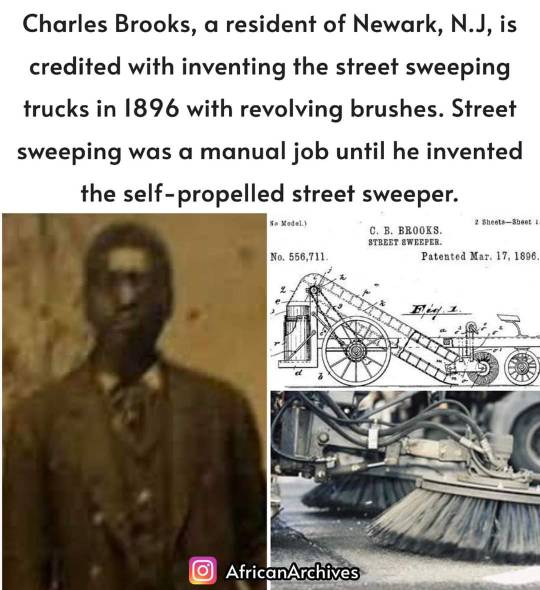
Charles Brooks, a resident of Newark, N.J, is credited with inventing the street sweeping trucks in 1896 with revolving brushes.
Street sweeping was a manual job until he invented the self-propelled street sweeper.
—Street sweeping was often a manual labor job in Brooks' time. Keeping in mind that horses and oxen were the main means of transportation — where there is livestock, there is manure. Rather than stray litter as you might see today in the street, there were piles of manure that needed to be frequently removed regularly. In addition, garbage and the contents of chamber pots would end up in the gutter.
The task of street sweeping was not carried out by mechanical equipment, but rather workers who roamed the street sweeping garbage up with a broom into a receptacle. This method clearly required a lot of labor, although it did provide employment.
#Charles Brooks#black inventor#self propelled#street sweeper#read more about him#reading is fundamental#knowledge is power#black history#african american history
258 notes
·
View notes
Photo
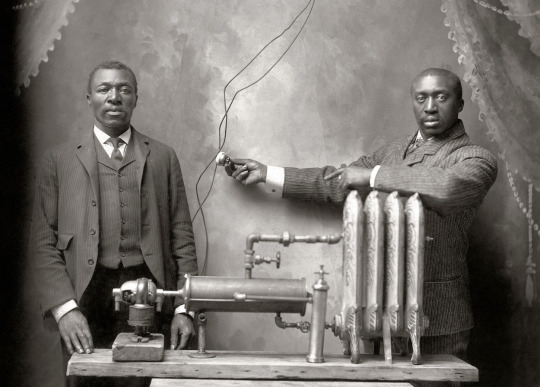
"Start of super heating union, St. Joseph, Missouri.” Photograph features inventor Charles S.L. Baker (on right) and his brother Peter in February 1906. Baker had just invented the Friction Heater which he is leaning on. It consisted of a motor (left) that turned a shaft inside a water jacket that heated up, so the fluid inside flowed into (thus warming) the radiator on the right. He got the idea originally when he had forgotten to grease the hubs of his father's wagon and the resulting heat caused the wheels to fail.
329 notes
·
View notes
Text

Rubber Duckies, making bath time calm and fun since 1931!
💛🛁💛
#history#rubber ducky#toys#eleanor shannahan#peter ganine#american history#1800s#1930s#1940s#1960s#art history#hazbin hotel#bathtime#inventors#little space community#toy history#historical figures#babyhood#little space#childhood#kidcore#bath toy#united states#historical women#rubber duck#nickys facts
10 notes
·
View notes
Text
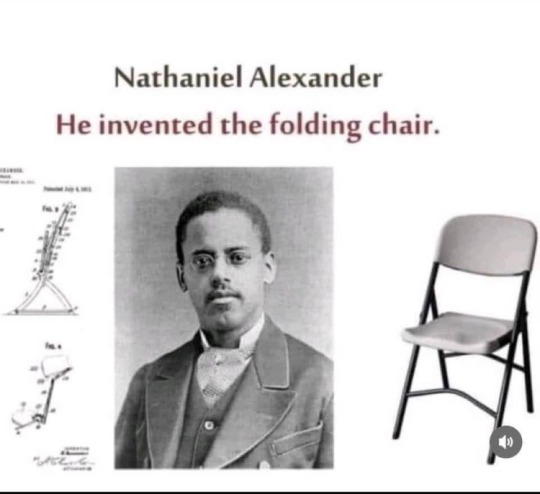
#blackhistory#nathaniel alexander#folding chairs#black man#black inventors#inventor#creativeminds#african american#do your own research#chairs#furniture#fold#have a seat
52 notes
·
View notes
Text

call that the Curse of the Token USAmerican
#i would like to thank all cowboy franky fanarts for opening my eyes to this#fun fact: in one of stoker's first drafts quincey was an american inventor who fought dracula using a machine gun prototype#cyborg franky#one piece#gella talks one piece#quincey morris#dracula#bram stoker#gella talks dracula#talk talk talk
12 notes
·
View notes
Text
Lanny Smoot: Prolific Inventor Of The HoloTile Floor and Innovator at Disney
Lanny Smoot, born on December 13, 1955, is not just an American electrical engineer and inventor, but also a prolific scientist and creator of theatrical technology. With a staggering achievement of over 100 patents, he stands as Disney’s most prolific inventor and is considered one of the most prolific Black inventors in American history. Throughout his career, Smoot has been dedicated to…

View On WordPress
#African American Inventors#Black American History#Black American Inventors#Black Inventors#Disney Imagineering#HoloTile#HoloTile Floor#Lanny Smoot#STEM#Walt Disney Imagineering Research & Development
7 notes
·
View notes
Text
Black inventors

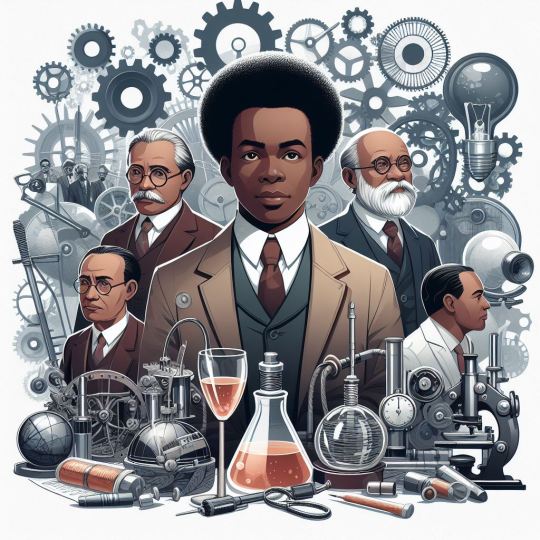




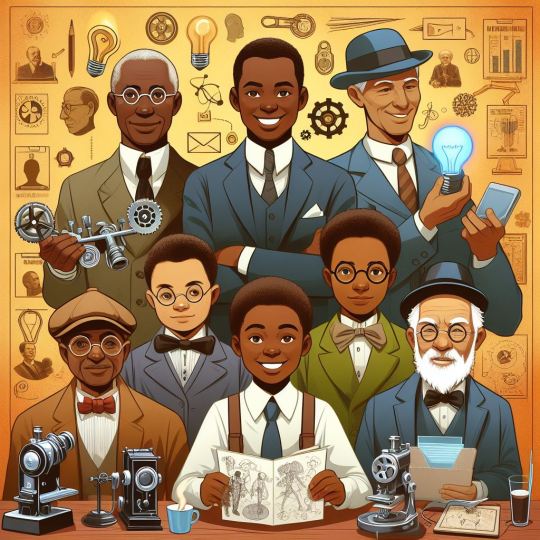







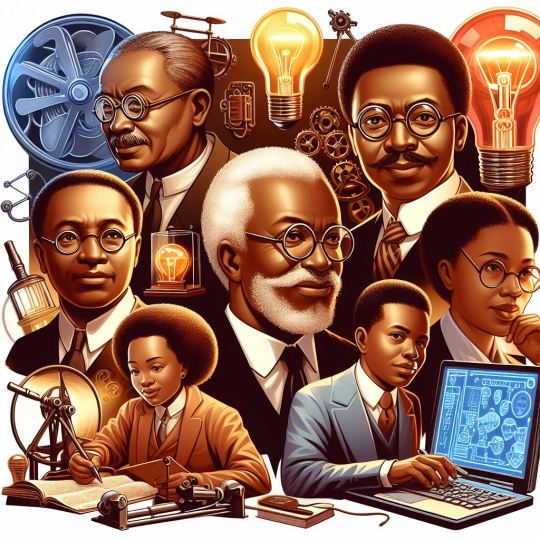
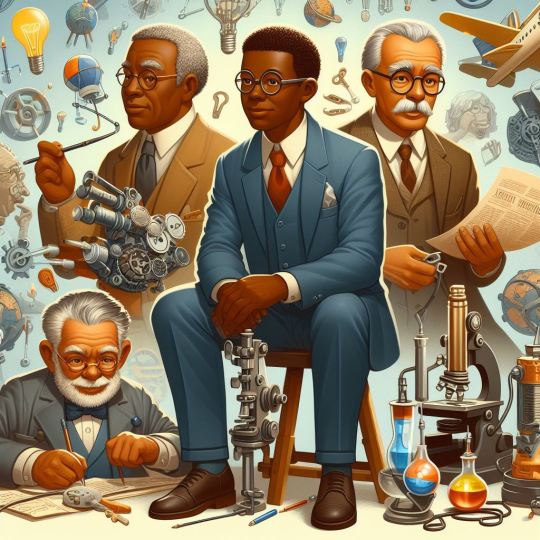




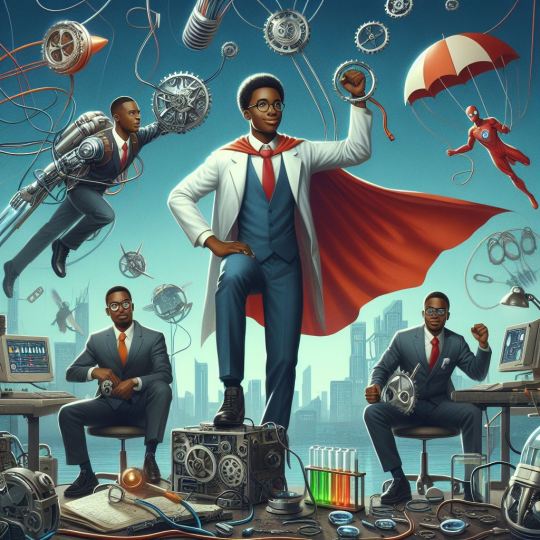
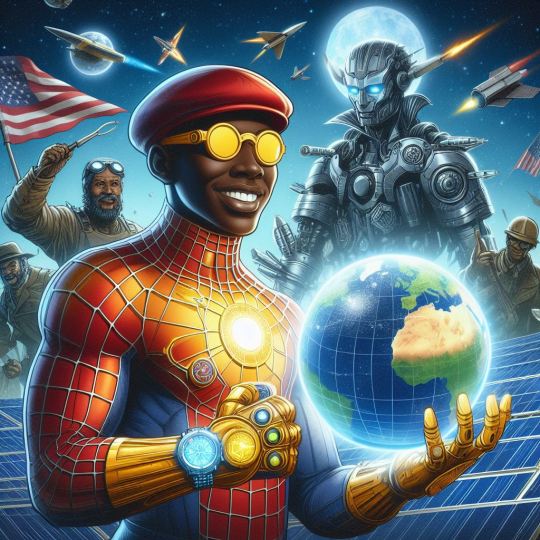


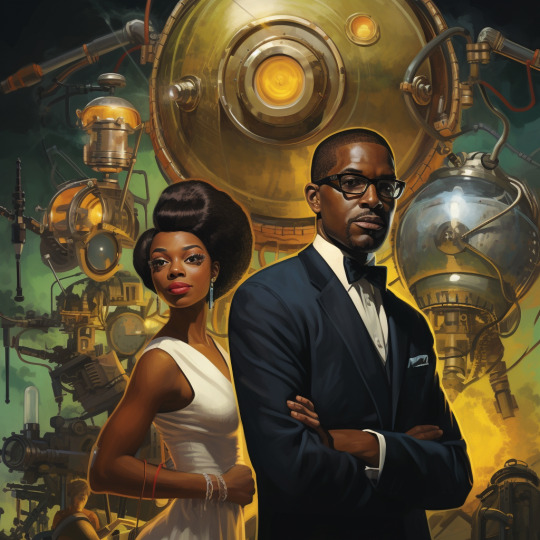
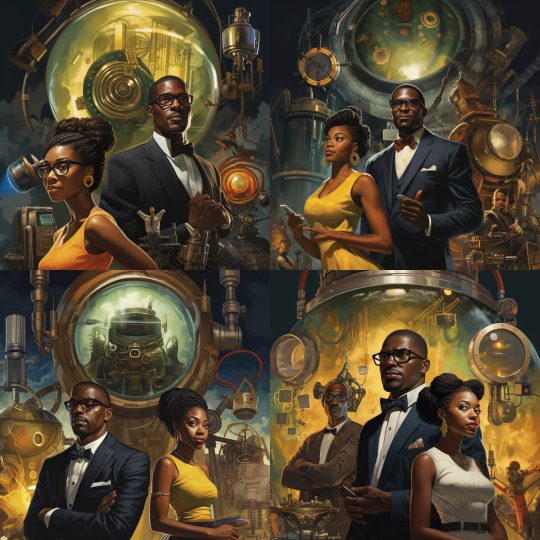
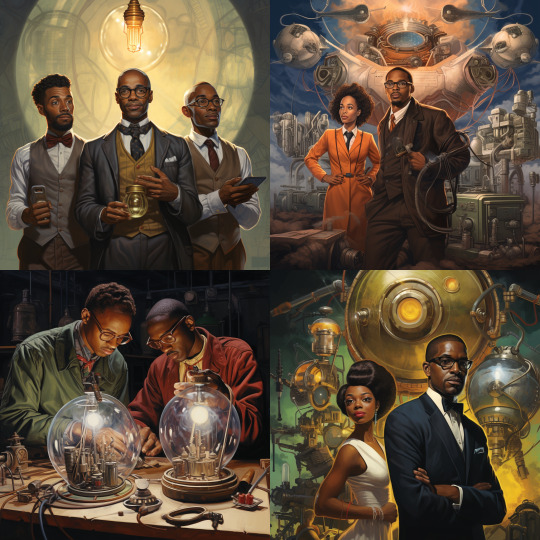



From Perplexity:
Famous black inventors have significantly contributed to various fields, from everyday household items to groundbreaking technological advancements. Here are some notable figures:
George Crum (1824-1914): A chef who is credited with inventing the potato chip in 1853[1].
Frederick McKinley Jones (1893-1961): Developed refrigeration equipment for trucks, trains, ships, and planes, receiving over 40 patents. His invention, the Thermo King, revolutionized the food and medical transport industries[1].
Granville T. Woods (1856-1910): Accumulated almost 60 patents, improving railroad functioning. Notably, he invented the induction telegraph system for train communication[1].
George Washington Carver (1864-1943): An agricultural chemist who developed 518 products from peanuts and sweet potatoes, including ink, dye, soap, and synthetic rubber[1].
Madam C.J. Walker (1867-1919): Became the first African American woman self-made millionaire by creating a line of hair products for African American women[1].
Garrett Morgan (1877-1963): Invented the traffic signal and a safety hood that served as a prototype for the gas mask[1].
Mary Beatrice Davidson Kenner: Patented the sanitary belt in 1957, a significant advancement in women's health and hygiene[1].
Thomas L. Jennings (1791–1859): The first African American to receive a U.S. patent, for a dry-cleaning process[4].
Patricia Bath (1942-2019): Invented a laser cataract treatment, becoming the first African American female doctor to receive a medical patent[4].
Mark Dean (1957-present): Holds over 20 patents, including contributions to the creation of the color PC monitor and the first gigahertz chip[4].
Elijah McCoy (1844-1929): Known for his invention of the automatic lubricator for oiling steam engines, leading to the phrase "the real McCoy" to denote something authentic[4].
These inventors have left a lasting impact on society, demonstrating ingenuity and perseverance in the face of challenges.
Citations: [1] https://www.oprahdaily.com/life/work-money/g30877473/african-american-inventors/ [2] https://www.parents.com/kids/education/world-changing-black-inventors-that-every-kid-should-know-about/ [3] https://www.black-inventor.com [4] https://www.biography.com/inventors/g46697619/famous-black-inventors [5] https://en.wikipedia.org/wiki/List_of_African-American_inventors_and_scientists
From Gemini (formerly Bard):
20 Famous Black Investors with Short Descriptions:
Dr. Shirley Jackson: First Black woman to earn a doctorate in nuclear physics, invested in research and development for the U.S. Department of Defense.
Robert F. Smith: Founded Vista Equity Partners, a private equity firm with over $85 billion in assets under management. Known for his philanthropic endeavors.
Oprah Winfrey: Media mogul and investor, known for her investments in cable channels, production companies, and Weight Watchers.
Udayan I. Lekhraj: Founded CMG Partners, a private equity firm specializing in healthcare investments. Advocate for diversity and inclusion in venture capital.
Catherine Hughes: Founded Urban One, a media company serving the African American community. First Black woman to chair a publicly traded company in the U.S.
Rodney Bryant: Co-founded JUST Capital, a firm that measures and incentivizes corporations to prioritize stakeholder capitalism.
Ellen Johnson Sirleaf: Former President of Liberia, Nobel Peace Prize winner. Focused on economic development and investment in her country.
Ronald Lauder: CEO of Estee Lauder Companies, known for his investments in the beauty industry and philanthropic work.
Charles R. Bronfman: Chairman of The Seagram Company Ltd., invested in various industries including entertainment, real estate, and philanthropy.
John Rogers Jr.: Founded Ariel Investments, a mutual fund company with over $28 billion in assets under management. Advocate for responsible investing.
Marc Morial: Former mayor of New Orleans, currently president of the National Urban League. Focused on economic empowerment of Black communities.
Ronald Watkins: Founding CEO of Watkins Investing Group, invests in real estate and businesses within the Black community.
Melody Hobson: President and CEO of Ariel Investments, known for her work on financial literacy and diversity in boardrooms.
Aisha Evans: Founded BE Capital, a venture capital firm focused on Black and Latinx tech entrepreneurs.
Kevin Hart: Comedian and investor, known for his investments in production companies, streaming platforms, and sports teams.
Jay-Z: Rapper and entrepreneur, known for his investments in music streaming, sports teams, and venture capital funds.
Will Smith: Actor and investor, known for his investments in production companies, media platforms, and venture capital funds.
Serena Williams: Tennis champion and investor, known for her investments in venture capital funds focused on women and diverse founders.
Rihanna: Singer and entrepreneur, known for her investments in beauty brands, fashion lines, and technology startups.
LeBron James: Basketball player and investor, known for his investments in media companies, production companies, and technology startups.
Please note: This list is not exhaustive and can be debated in terms of individual importance and impact.
Reading List on Black Inventors:
Black Inventors: Lives That Mattered by Darlene R. Medford
Hidden Figures: The American Dream and the Untold Story of the Black Women Mathematicians Who Helped Win the Space Race by Margot Lee Shetterly
Lifting the Veil: Celebrating the Unsung Heroes of Black History by Michael Hill
Lost Genius: The Forgotten Black Inventors Who Changed the World by Dennis Freeman
Pioneering Women in American Mathematics: From Agnes Scott to Emmy Noether by Pamela Prochazka
Black Inventors in Science and Technology by Shirley J. Smith
A Colored Man's Reminiscences of James M. Whitfield: With Recollections of the Early Struggles of Colored Men in Boston by Wilbur H. Siebert
Inventing the Future: Black Inventors in Science and Technology by Geneva Gay
African Americans in Science, Math, and Invention by Darlene R. Medford
Black Inventors in the United States by Darlene R. Medford
This list offers a variety of books covering different periods and areas of innovation by Black inventors. Consider exploring further based on your specific interests.
I hope this information is helpful!
#african american history#black history month#black history month 2024#dalle3#midjourney#black inventors#blackhistorymonth#africanamericanhistory#afrofuturism#solar punk#steampunk
15 notes
·
View notes
Text
The only existing footage of Mark Twain (1835-1910) filmed by Thomas Edison (1847-1931) in 1909, a year before Twain's passing.
#Mark Twain#Thomas Edison# The Adventures of Tom Sawyer (1876)#Adventures of Huckleberry Finn (1884)#writer#humorist#essayist#books#novels#literature#Father of American Literature#inventor#light bulb
5 notes
·
View notes
Text
Spring has Sprung, week 6: Creativity
Xander is a young inventor who also loves history, so he has been working hard on a time travel device. Not sure where (or when!) he hopes to go; I just hope he will be careful!

#american girl dolls#dollblr#springhassprungag24#time travel#young inventor#Creativity and innovation
7 notes
·
View notes
Text
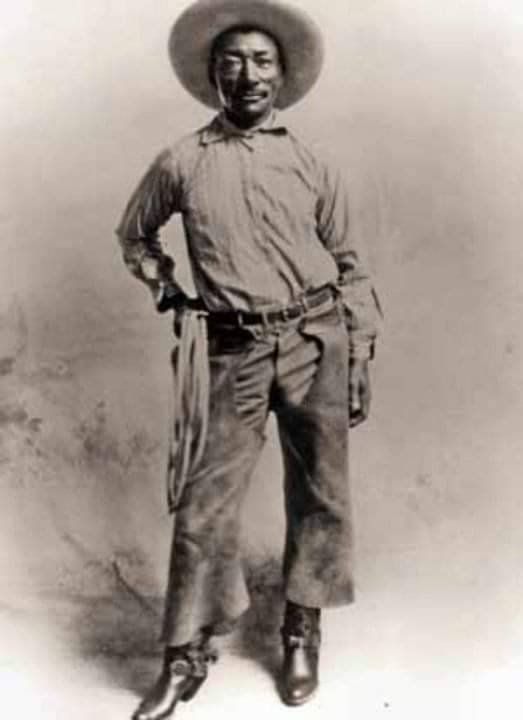
Bill Pickett (ca 1870-1932), African American Cowboy inventor of "bulldogging," a rodeo technique to wrestle a steer to the ground.
From 1905 to 1931, the Miller brothers' 101 Ranch Wild West Show was one of the great shows in the tradition begun by William F. "Buffalo Bill" Cody in 1883. The 101 Ranch Show introduced bulldogging (steer wrestling), an exciting rodeo event invented by Bill Pickett, one of the show's stars.
Riding his horse, Spradley, Pickett came alongside a Longhorn steer, dropped to the steer's head, twisted its head toward the sky, and bit its upper lip to get full control. Cowdogs of the Bulldog breed were known to bite the lips of cattle to subdue them. That's how Pickett's technique got the name "bulldogging." As the event became more popular among rodeo cowboys, the lip biting became increasingly less popular until it disappeared from steer wrestling altogether. Bill Pickett, however, became an immortal rodeo cowboy, and his fame has grown since his death.
He died in 1932 as a result of injuries received from working horses at the 101 Ranch. His grave is on what is left of the 101 Ranch property near Ponca City, Oklahoma. Pickett was inducted into the National Rodeo Hall of Fame in 1972 for his contribution to the sport.
Bill Pickett was the second of thirteen children born to Thomas Jefferson and Mary Virginia Elizabeth (Gilbert) Pickett, both of whom were former slaves. He began his career as a cowboy after completing the fifth grade. Bill soon began giving exhibitions of his roping, riding and bulldogging skills, passing a hat for donations.
By 1888, his family had moved to Taylor, Texas, and Bill performed in the town's first fair that year. He and his brothers started a horse-breaking business in Taylor, and Bill was a member of the national guard and a deacon of the Baptist church. In December 1890, Bill married Maggie Turner.
Known by the nicknames "The Dusky Demon" and "The Bull-Dogger," Pickett gave exhibitions in Texas and throughout the West. His performance in 1904 at the Cheyenne Frontier Days (America's best-known rodeo) was considered extraordinary and spectacular. He signed on with the 101 Ranch show in 1905, becoming a full-time ranch employee in 1907. The next year, he moved his wife and children to Oklahoma.
He later performed in the U.S., Canada, Mexico, South America, and England, and became the first black cowboy movie star. Had he not been banned from competing with white rodeo contestants, Pickett might have become one of the greatest record-setters in his sport. He was often identified as an Indian, or some other ethnic background other than black, to be allowed to compete.
Bill Pickett died April 2, 1932, after being kicked in the head by a horse. Famed humorist Will Rogers announced the funeral of his friend on his radio show. In 1989, years after being honored by the National Rodeo Hall of Fame, Pickett was inducted into the Prorodeo Hall of Fame and Museum of the American Cowboy at Colorado Springs, Colorado. A 1994 U.S. postage stamp meant to honor Pickett accidentally showed one of his brothers.
#Bill Pickett#african american#cowboy#inventor#of#bulldogging#rodeo#technique#very talented#read about him#reading is fundamental#black history#knowledge is power
25 notes
·
View notes